An extensive archaeological excavation project in the East Anglian Fens has revealed a huge collection of Bronze Age artefacts.
Analysis suggests that the Must Farm settlement, a group of circular wooden houses built on stilts over water, is the best-preserved Bronze Age site ever found in Britain. So profound is the find that the remains have been dubbed 'Peterborough’s Pompei' (the city of Peterborough lies just a few miles to the west).
The project, carried out by the Cambridge Archaeological Unit of the University of Cambridge, and funded by Historic England, presents a vivid insight into the way people lived nearly 3,000 years ago.
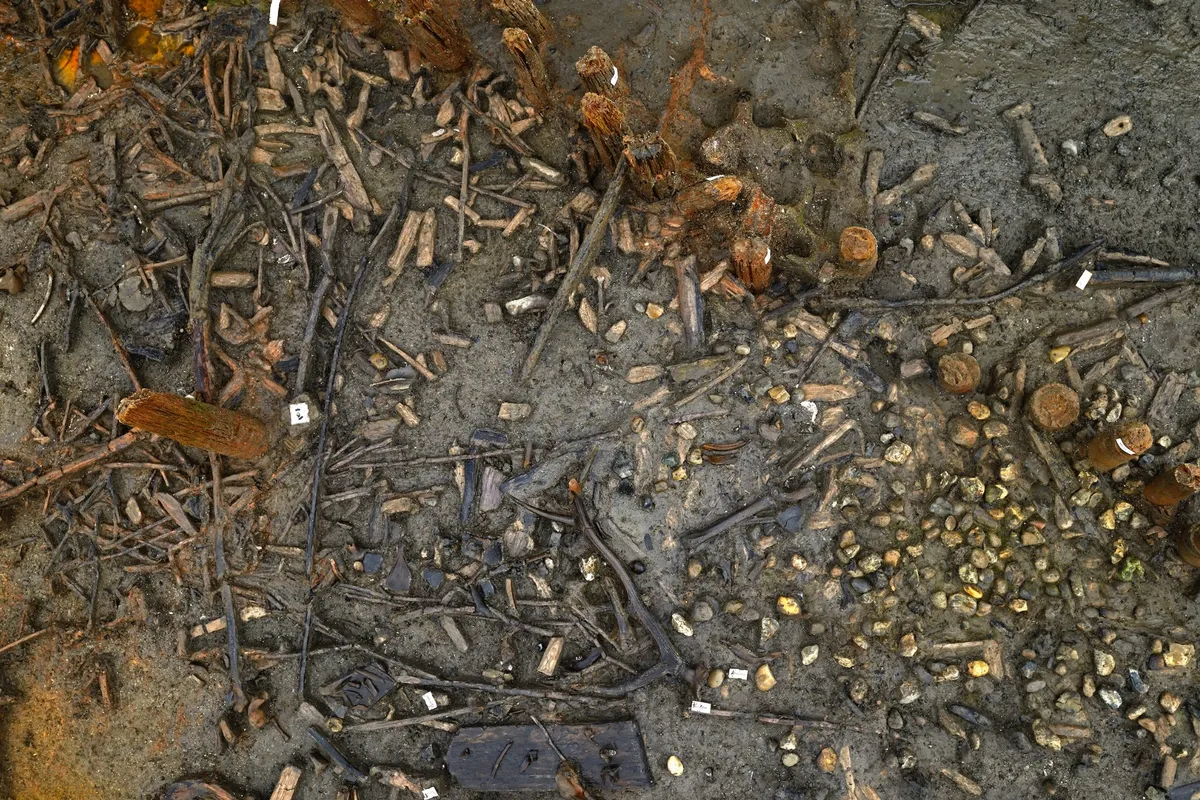
Preserved by fire and water
The Must Farm settlement – unearthed between Peterborough and Whittlesey in Cambridgeshire – dates to the end of the Bronze Age (850 BC). According to the Cambridge Archaeological Unit research, the people that constructed the buildings did so using trees taken from local woodland, but the site was only occupied for between nine months and a year before a fire destroyed it.
The cause of the fire is a mystery, but what is known is that it spread quickly. As the buildings burned, their floors collapsed and everything that lay upon them dropped into the river below.
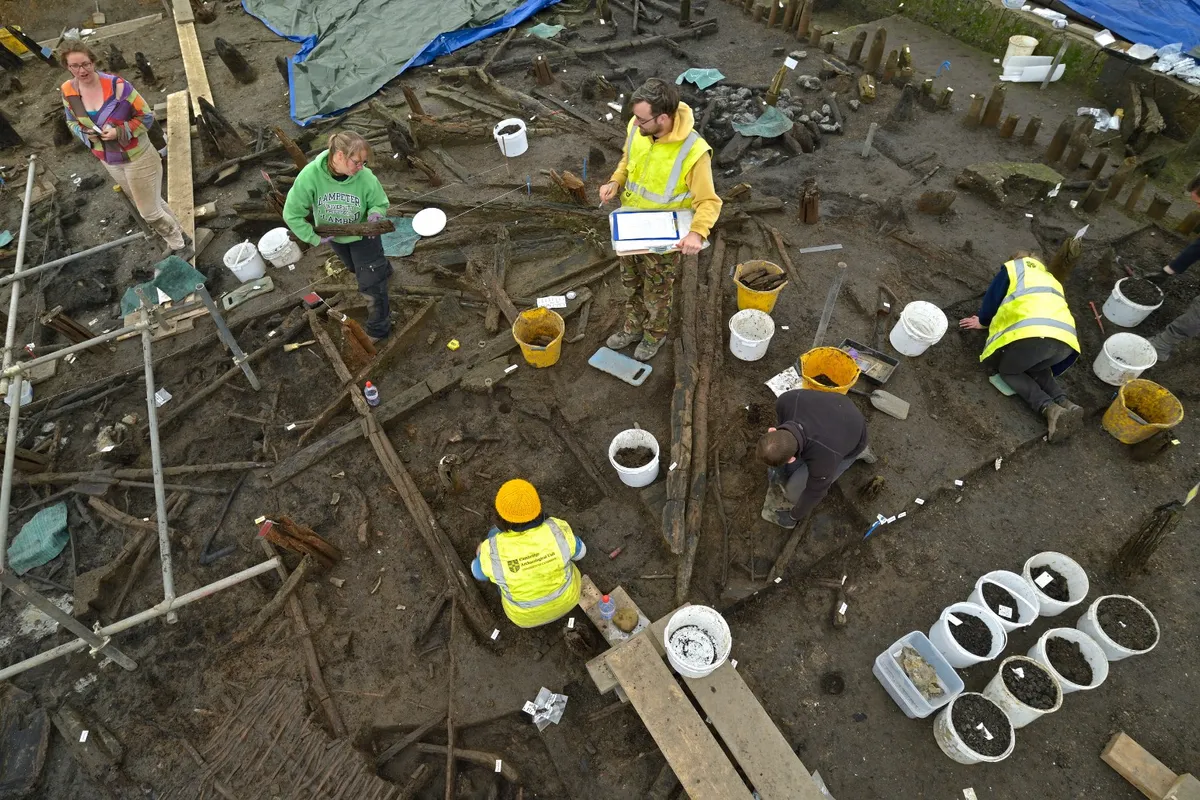
Using environmental analysis, researchers believe that the river's vegetation helped to cushion the material as it hit the water, preventing damage. The sudden release of the buildings' contents meant that they landed in the river directly below where they had been stored. The combination of charring and waterlogging meant that the objects were preserve where they fell, offering a clear image of how the roundhouses were used.
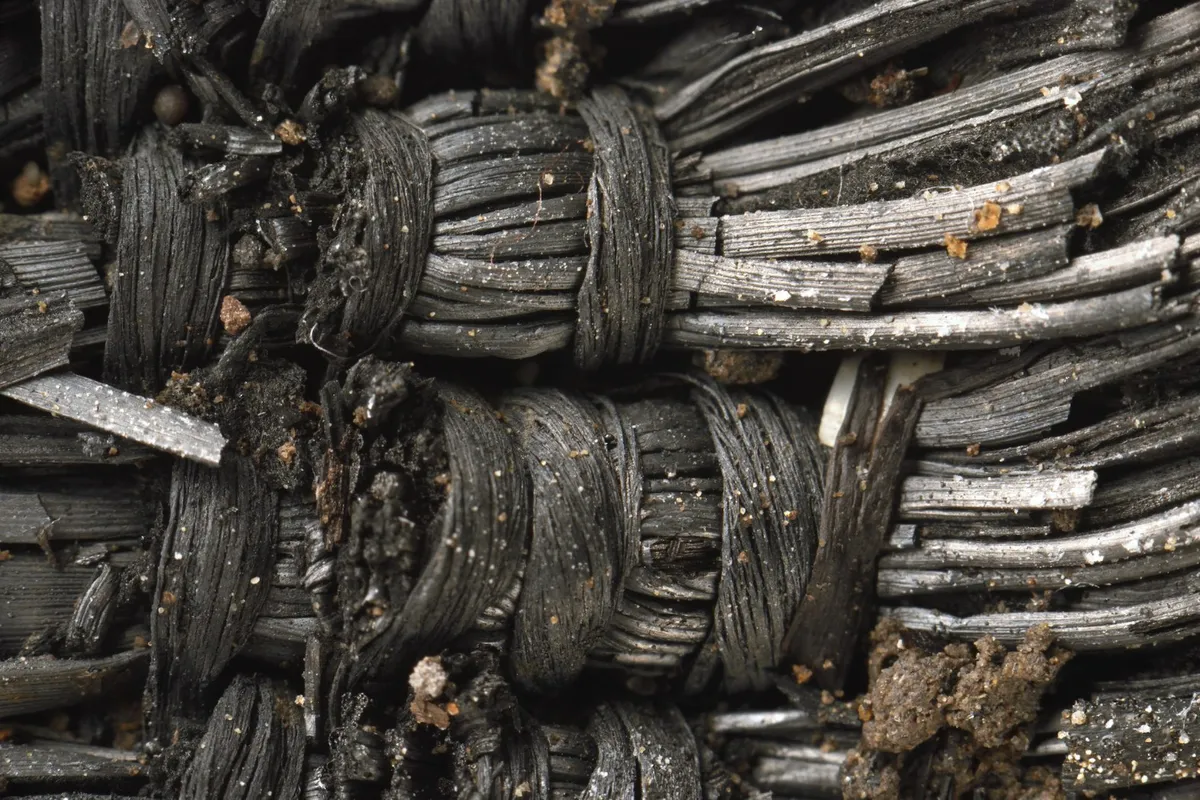
Treasure trove of finds
Of the thousands of artefacts carefully excavated from the site were almost 200 wooden objects, over 150 fibre and textile items, 128 pottery vessels and more than 90 pieces of metalwork.
A number of rare personal items were also found, including exotic glass beads and decorated textiles – some of the finest produced in Europe at that time.
- Earliest known animal carvings in Scotland discovered
- How horses have shaped our countryside
- 11 best stone circle sites to visit in the UK
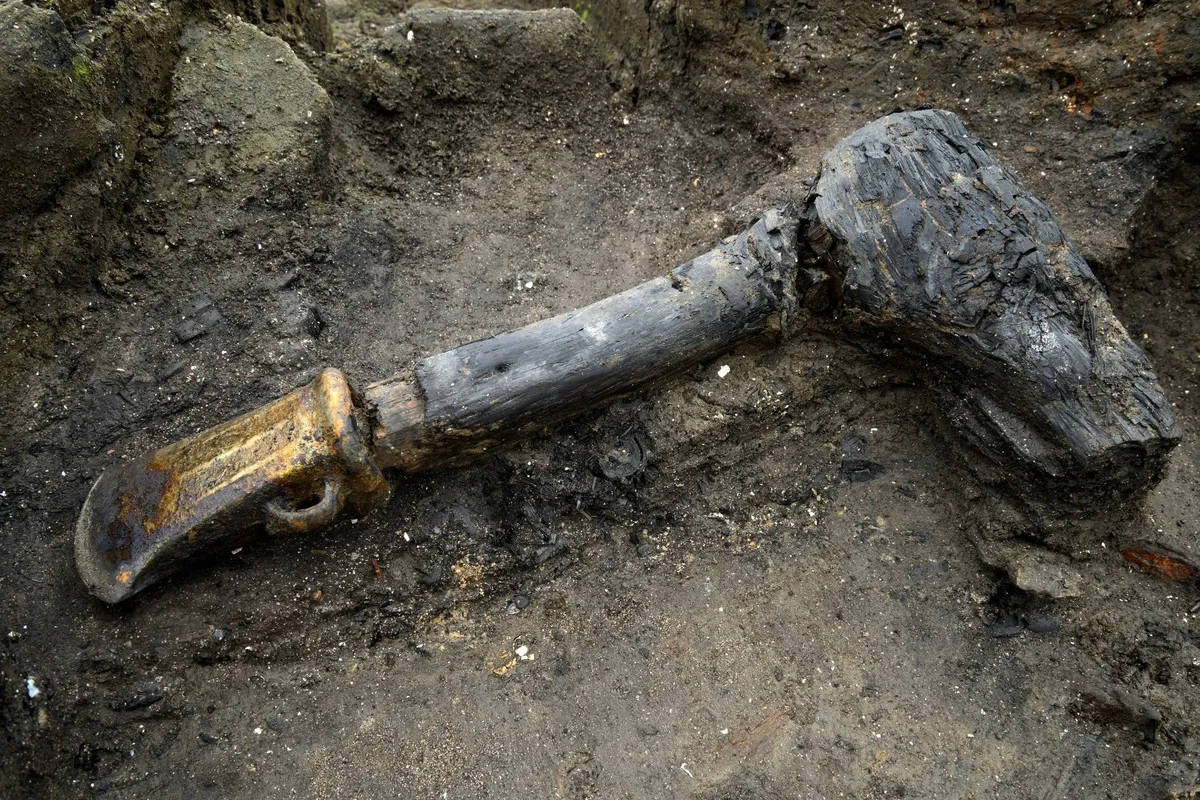
Pots and jars were also unearthed, some with meals still inside them. Analysis of preserved remains suggests they were eating meaty stews, dumplings and bread, chops of pork, lamb and maybe honey-basted venison.
An incredible 18,216 pieces of structural wood were recorded, which, much like the rest of the finds, has provided archaeologists with a detailed picture of the way the buildings were made and what they looked like.
Perhaps most astonishingly of all, the footprints of the people who once lived in the settlement were also discovered.
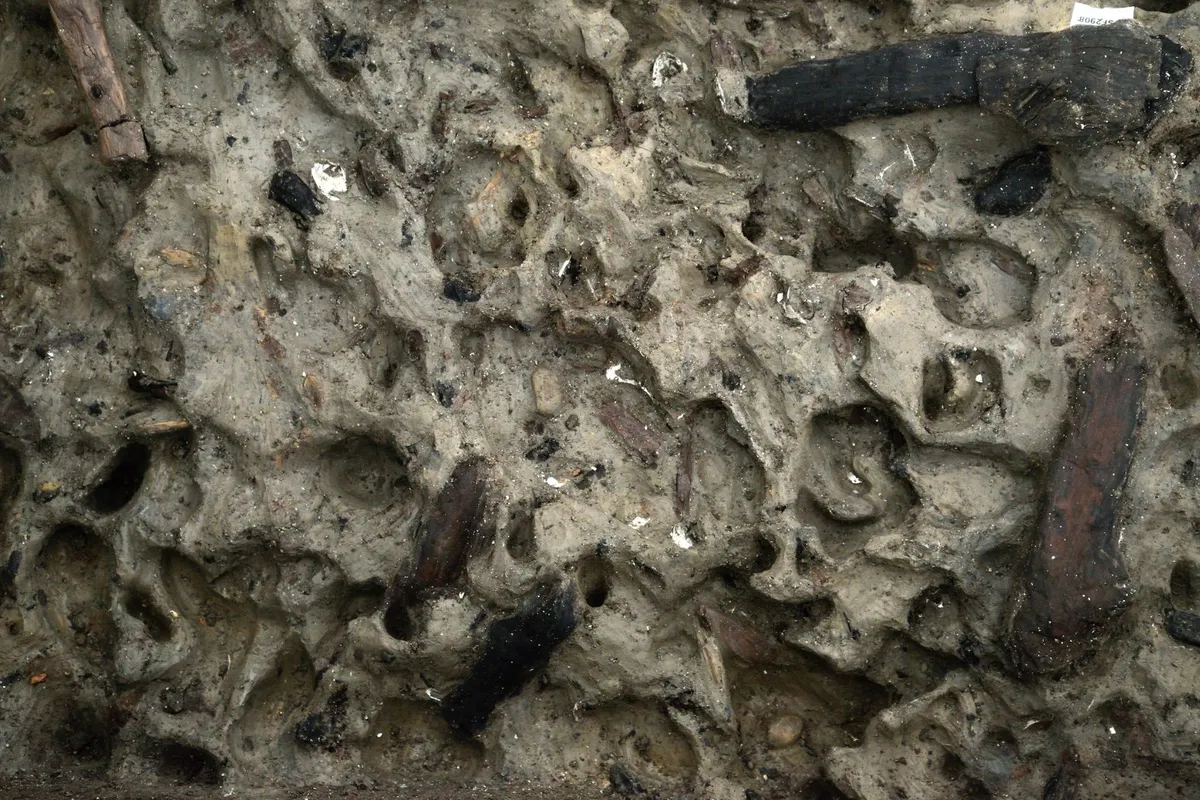
Prehistoric archaeology in 3D
“The discoveries made at Must Farm are truly astonishing," says Duncan Wilson, Historic England Chief Executive.
"They have helped to broaden our understanding of life in the Bronze Age, connecting us directly with communities from the past and helping us to understand a way of life that was more sophisticated than we could have imagined."
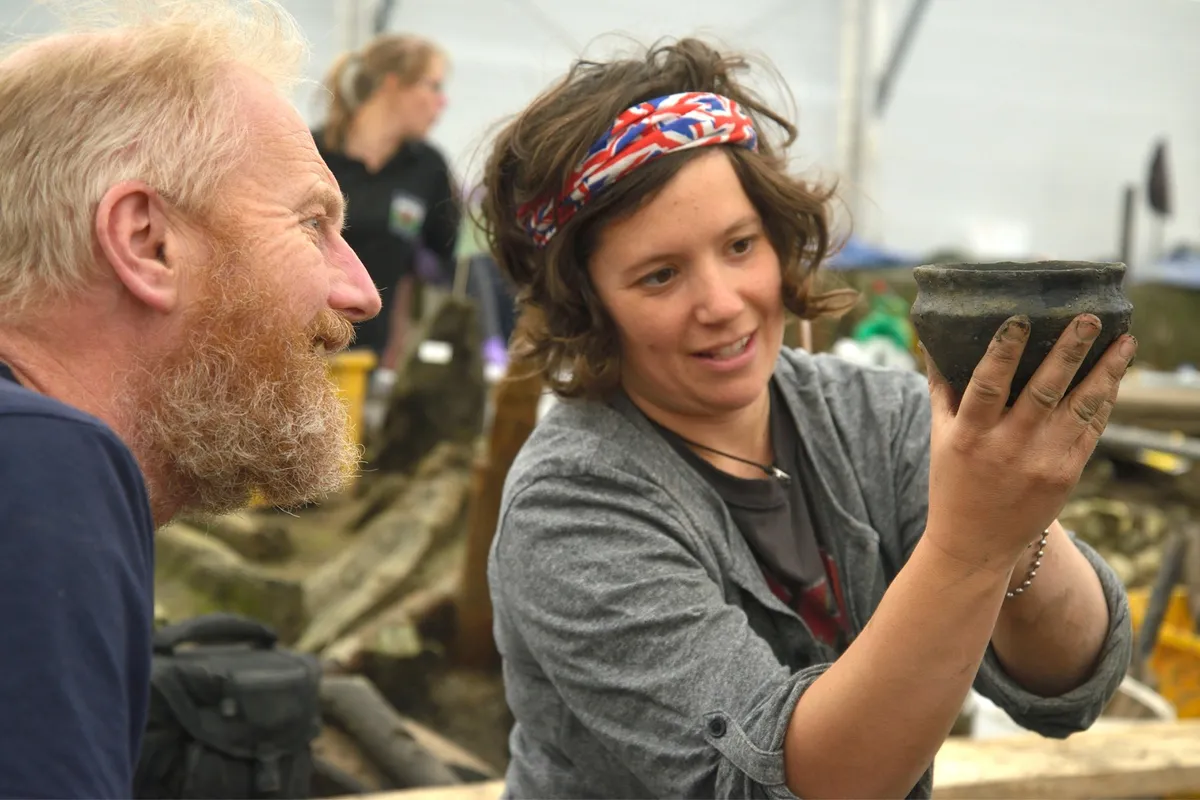
David Gibson, Archaeological Manager, the Cambridge Archaeological Unit, adds: “Usually, at a Later Bronze Age period site you get pits, post-holes and maybe one or two really exciting metal finds.
"Convincing people that such places were once thriving settlements takes some imagination. But this time so much more has been preserved – we can actually see everyday life during the Bronze Age in the round – it’s prehistoric archaeology in 3D with an unsurpassed finds assemblage both in terms of range and quantity.
"The vast breadth of scientific research within these two books gives unique insight into how people lived in the Bronze Age.”
- British hillforts guide: history and best places to visit
- Long barrows in Britain: history and best to visit
- Britain's most impressive castles
What else was found at Must Farm?
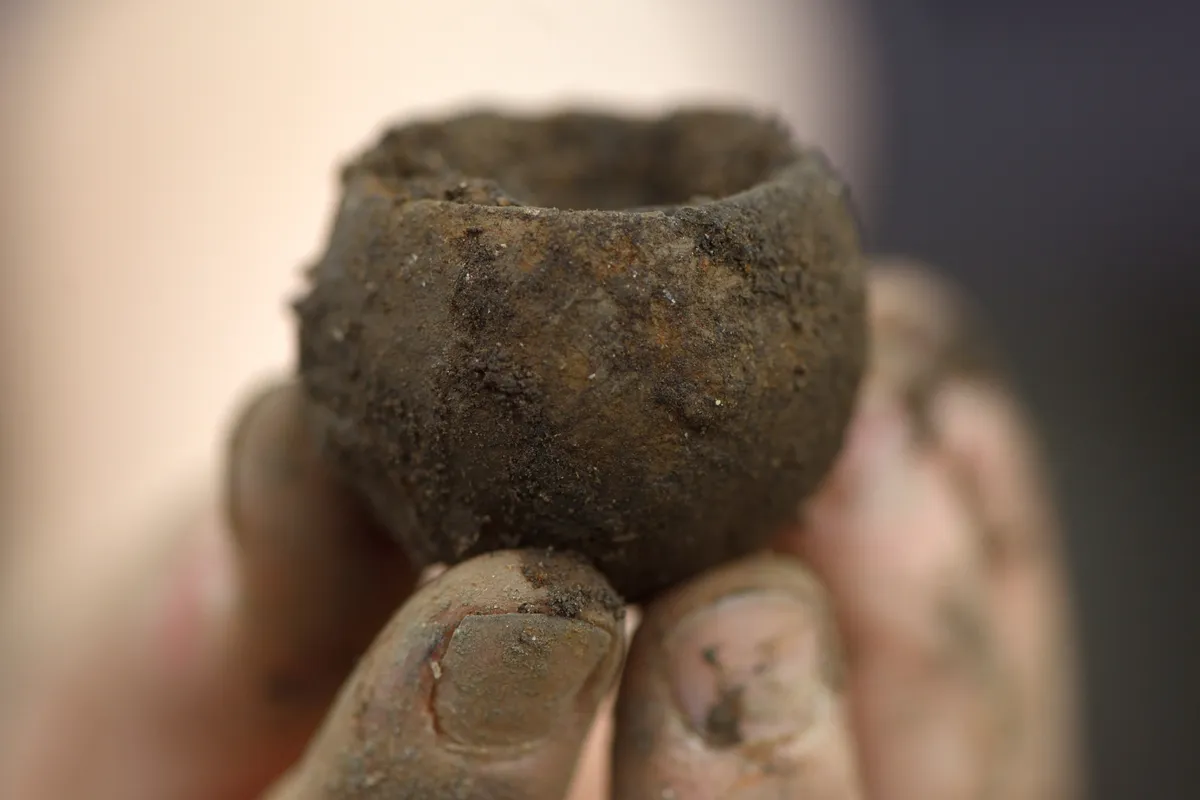
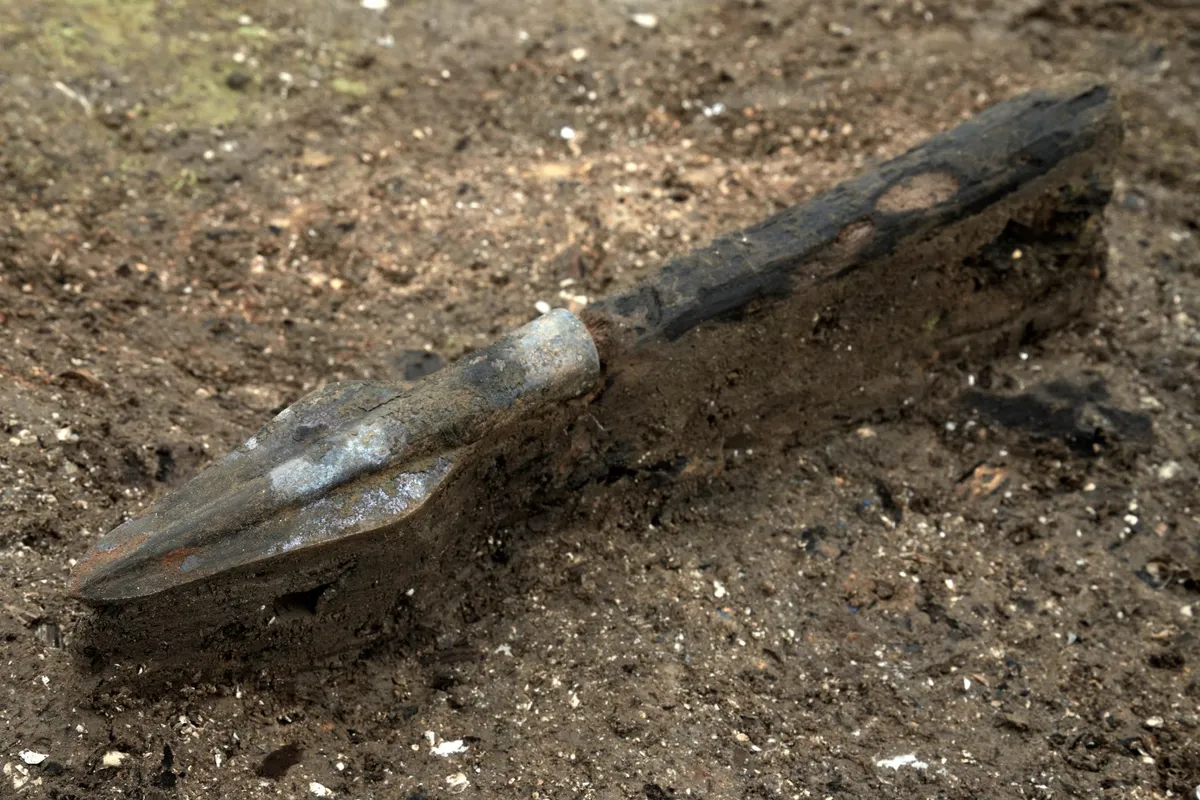
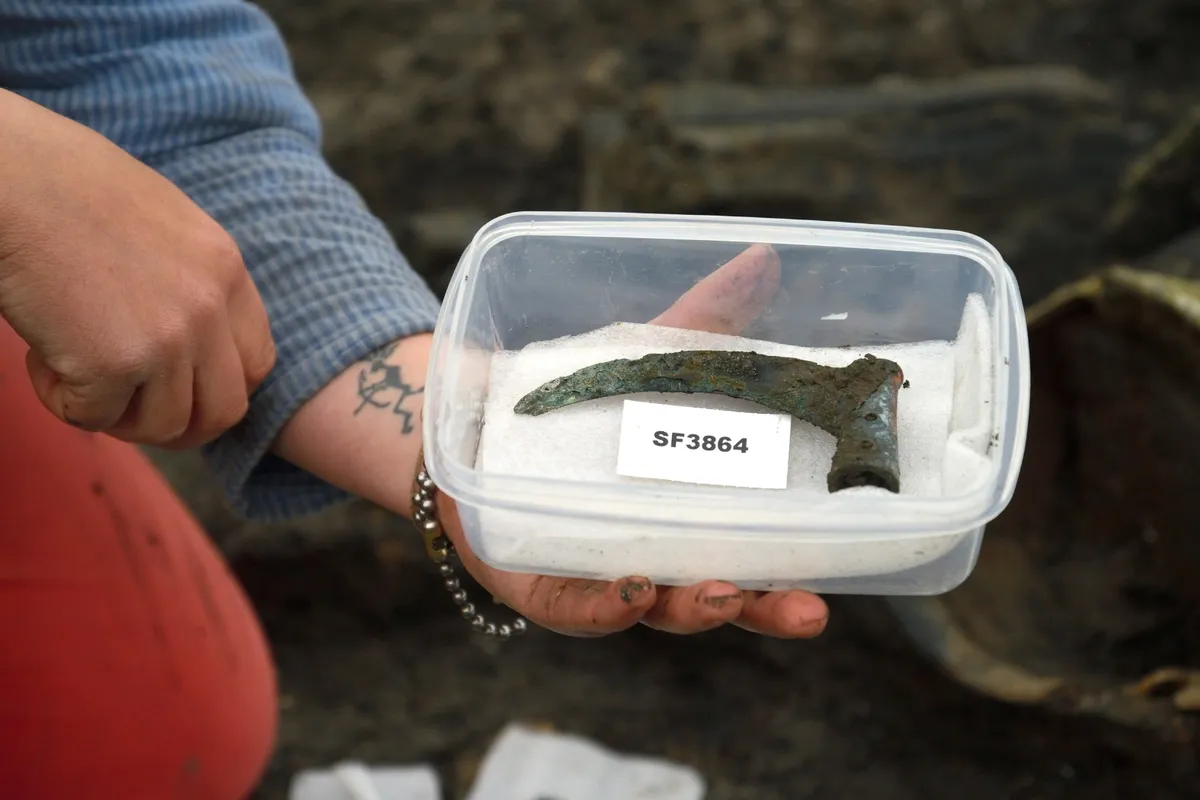
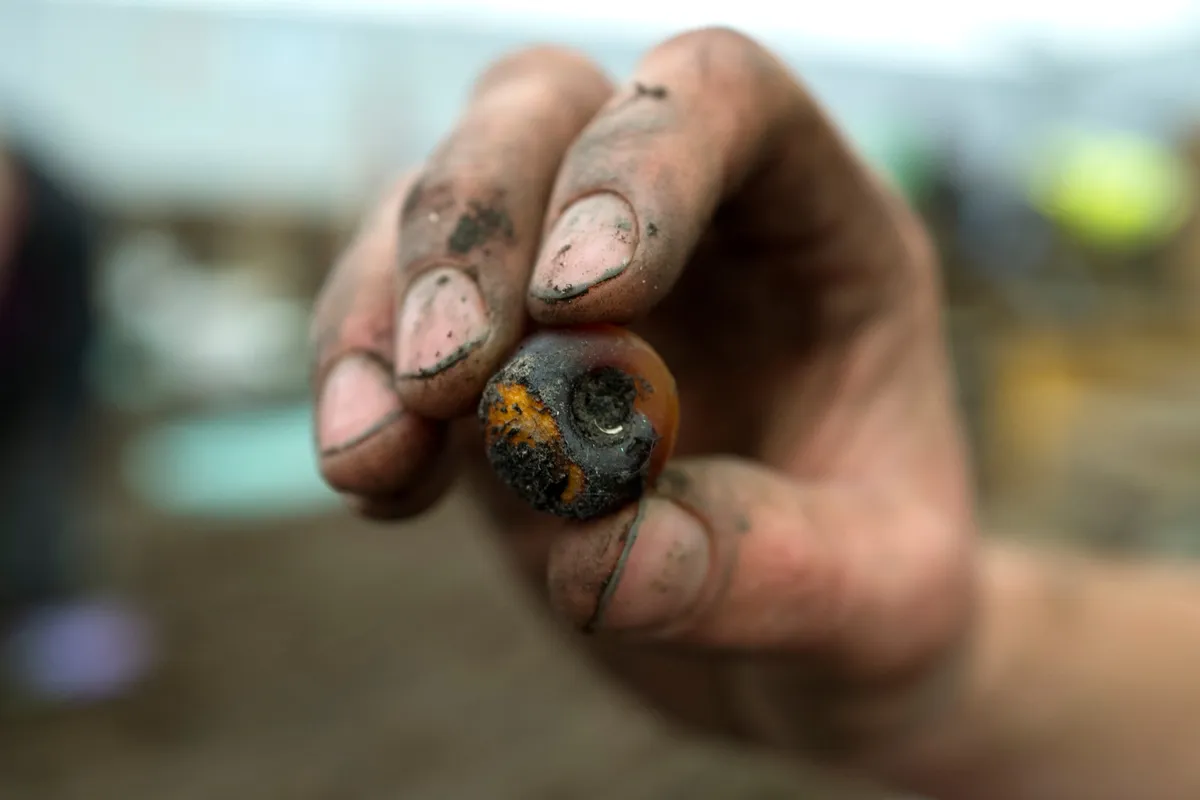
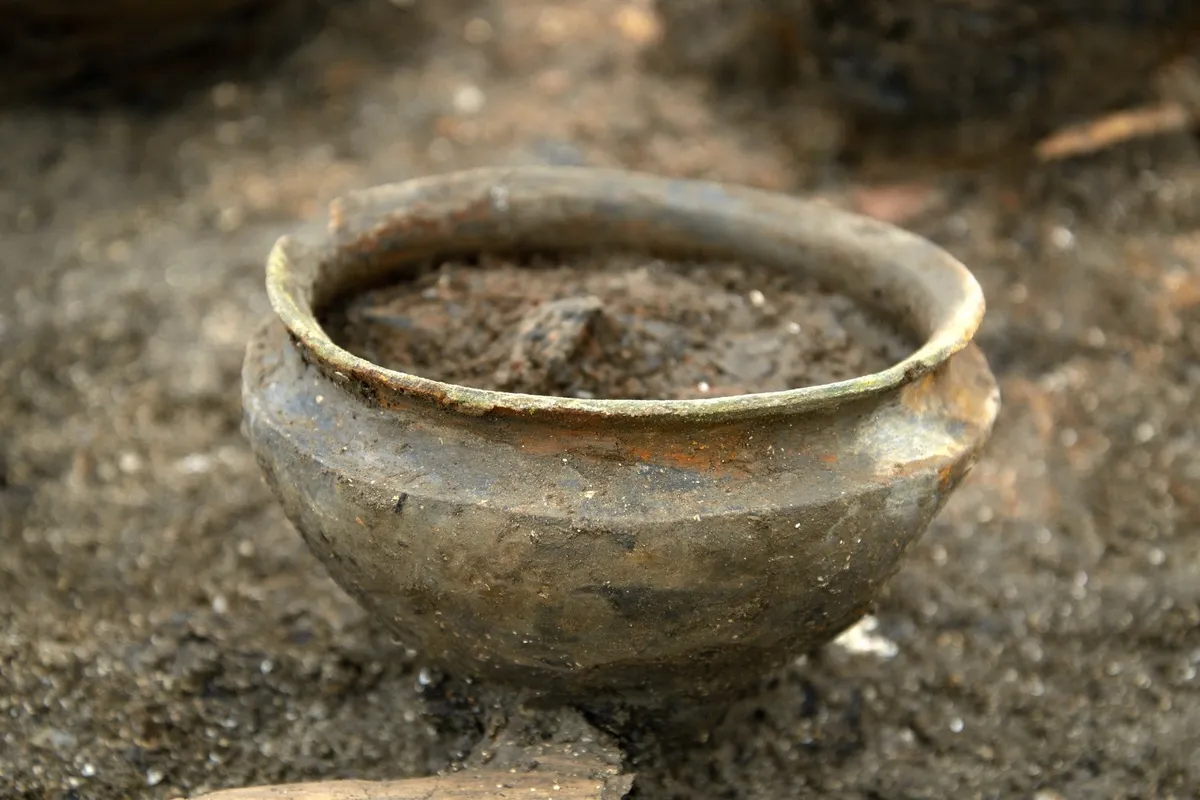
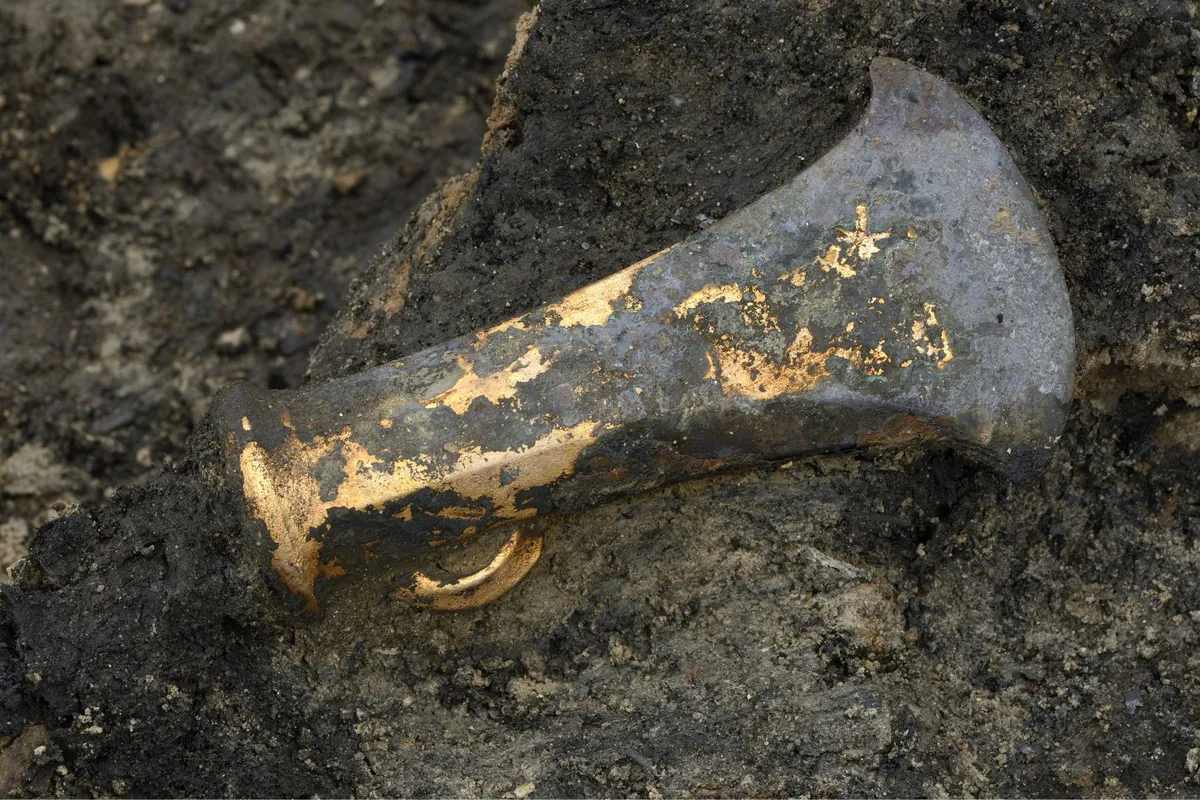
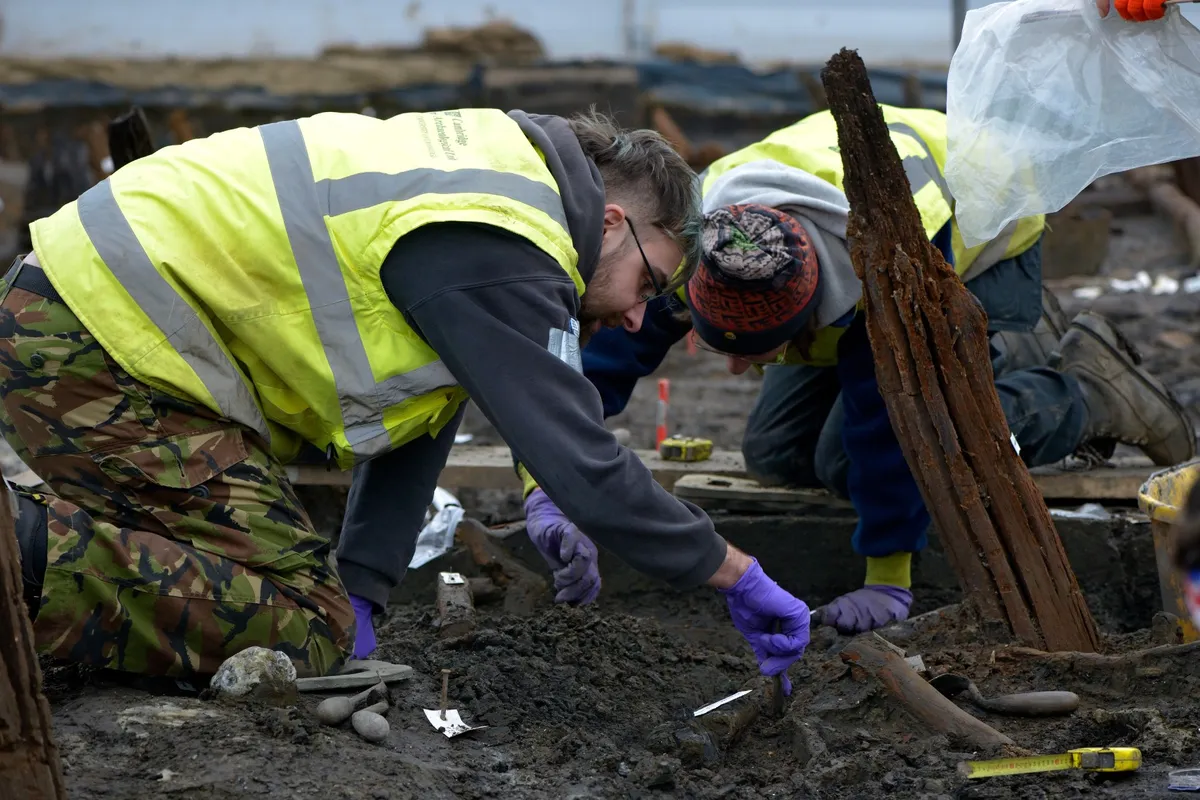
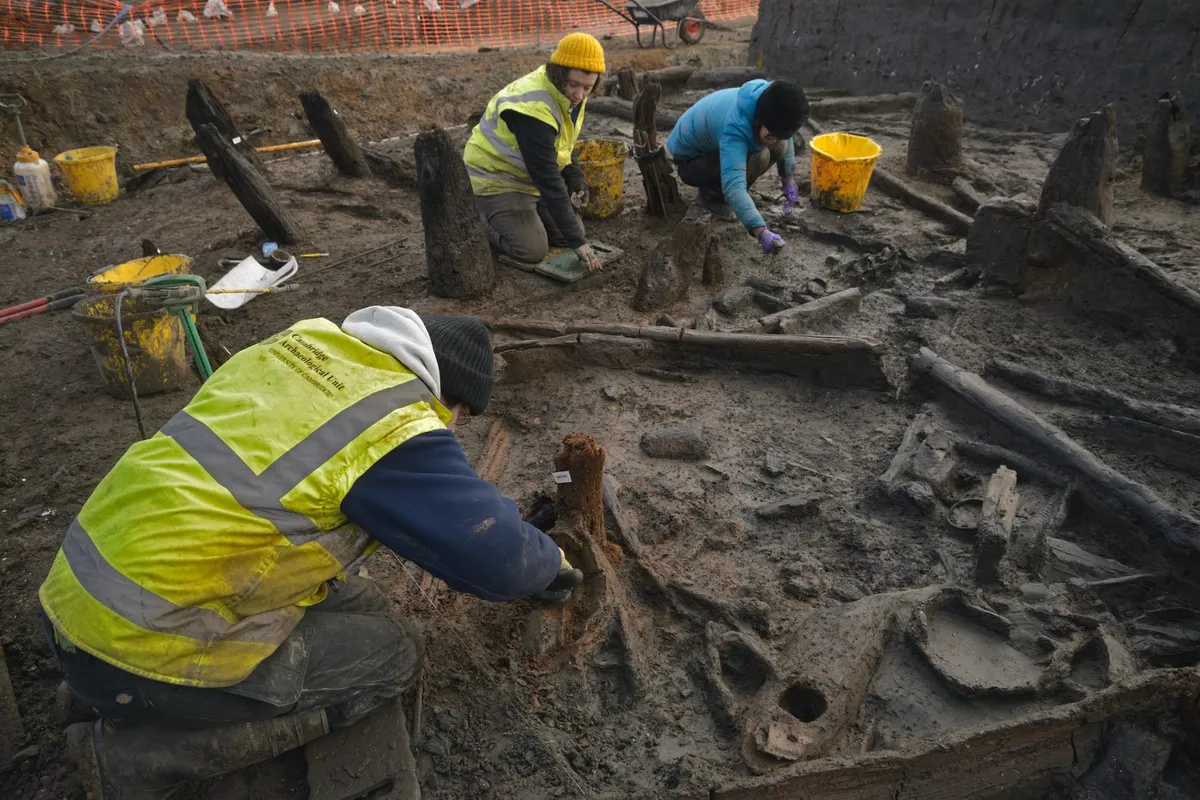
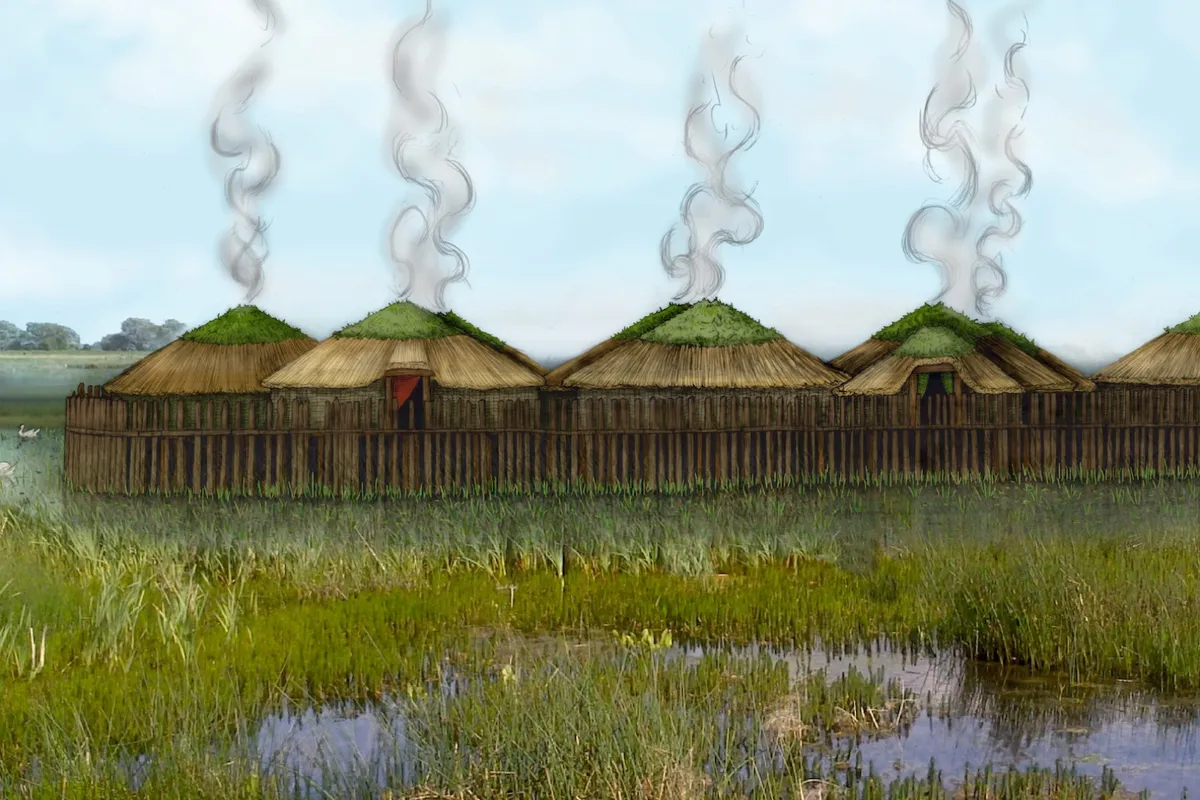
A series of new books tell the remarkable story of the Must Farm Settlement. These new volumes, published by the McDonald Institute for Archaeological Research, document the extensive archaeological excavation work, analysis and research that was carried out, and detail the discoveries made.
